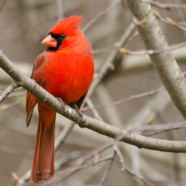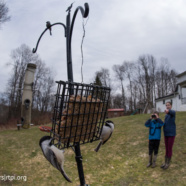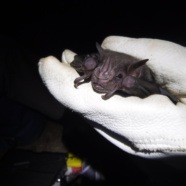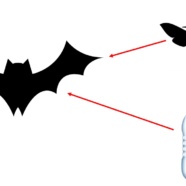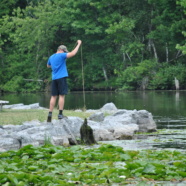Help Wanted: Great Backyard Bird Count
Over President’s Day weekend (Friday, February 14 thru Monday, February 17, 2020), bird enthusiasts of all ages and abilities throughout the world are urged to count birds in their backyards or local parks as part of the annual Great Backyard Bird Count. It doesn’t cost money. You can do it “bare-handed” just by watching out your kitchen window. It’s fun and educational. And it really helps contribute valuable information to bird conservation. The Falconer Public Library will host a free indoor introduction to the Great Backyard Bird Count on Wednesday, 02/12 from 5:30 – 6:00 PM....
Read More120th Annual Christmas Bird Count is December 14th-15th!
The Christmas Bird Count (CBC) is the longest-running citizen science project in the world. In its 120th year now, the National Audubon Society is starting this year’s CBC season, organizing counts in hundreds of locations. Data gathered by volunteers has historically been critical to our understanding of how bird populations change over time. In this day and age, with bird populations declining sometimes precipitously, it is critically important that many people participate and help us count the birds that are present on a CBC count day. This is an early-winter bird census that shows what...
Read MoreChiropterophily: The incredible pollination services that bats provide.
Recently, many have become aware of the issues that our pollinating insects face. Insects have been in a general decline for some time now, which is worrisome as they help prop up the food chains that support just about everything else on the planet. There are over 400 species of native bees just in New York State alone, each with an important role in the food web. Other critters – flies, beetles, butterflies, birds, etc. are important pollinators as well. A critical pollinator that often gets overlooked is the majestic and glorious bat. While all of the bat species in NY and around 70%...
Read MoreRTPI Begins New Plastic Pollution Research Initiative
Plastics have been around in their current form for decades, and estimates suggest that more than 8 billion metric tons have been created since large-scale production of plastic started in the 1950s. The vast majority of plastic that has been created is still in existence today – resting in landfills or floating around the planet’s waterways as litter. Plastics do not biodegrade, they photodegrade. This means that they don’t readily break down into their constituent materials, they simply break down into smaller and smaller particles. This aspect of their chemistry is creating cause for...
Read MoreAn introduction to Chautauqua Lake’s Aquatic Invasive Plants
Many aquatic plants exist within Chautauqua Lake; its nutrient-rich sediments provide a fertile growing bed for vegetation. Some of these plants are native to our area and provide critical ecological and environmental benefits, while others were introduced from distant locales and have been wreaking havoc on the ecological function, recreational and economic value of Chautauqua Lake. Surprisingly, some of the most prevalent invasives have been with us for decades already, while a steady stream of nearby or newly arriving species poses additional challenges to the future health of the lake....
Read More



